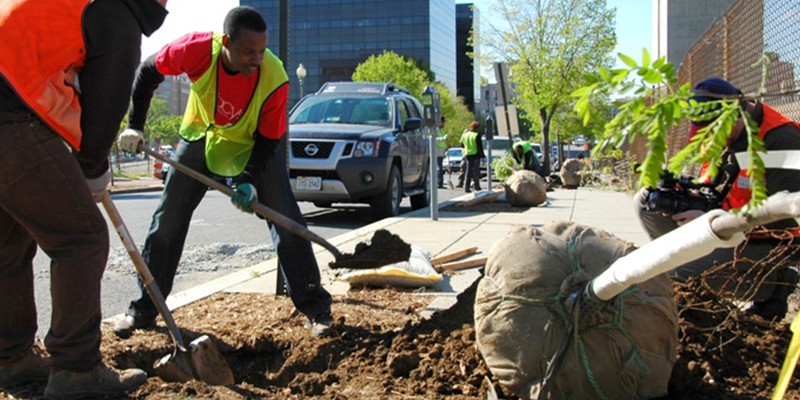THE LEAFLET

An Urban Planning Victory
To many of us urban planning is an abstract concept made concrete during construction delays, lane closures and the famous wharf cranes.
But did you know that there are plans that help steer development for every major city in the U.S.?
The District’s plan is called the Comprehensive Plan for the National Capital (comp plan). As you can imagine, D.C.’s plan is complex because land is owned by both the local and federal governments.
Both governments have agencies that oversee their respective comp plan elements: the federal government’s National Capitol Planning Commission and D.C.’s Office of Planning. The D.C. Office of Planning releases D.C.’s future land use map (below) which is intended to guide development for the next 20 years or so.
Aside from this map, elements are broken down into categories like housing, parks and open space, and transportation, and each element has a set of policies governing development.
Like all good policies, these elements are regularly amended. Every 10 years, the elements are updated and released in draft for public comment.
This is where we come in. Our Design and Advocacy department actively reviews new plans and policies, and submits formal comments that recommend ways to increase tree canopy on both city and federal land.
Casey Trees provided policy recommendations with regards to tree canopy for 5 of the 7 recently updated federal elements. We were thrilled when a good number of these were incorporated into the federal elements that will become effective on April 5th.
We see this as a victory because this means that trees will have significant consideration in federal development projects over the next 10 years. In the near future, we look forward to reviewing the District Elements and the Parks and Open Space federal element, both of which are slated to be released for comment around January 2017.